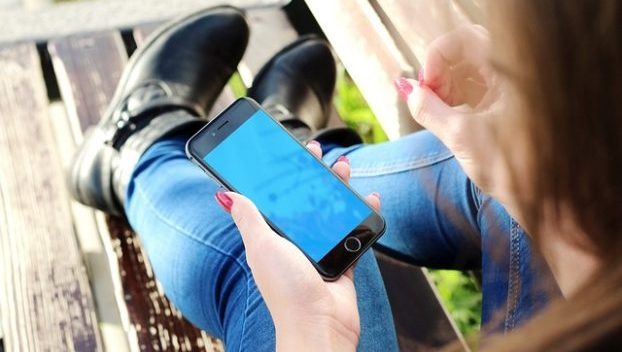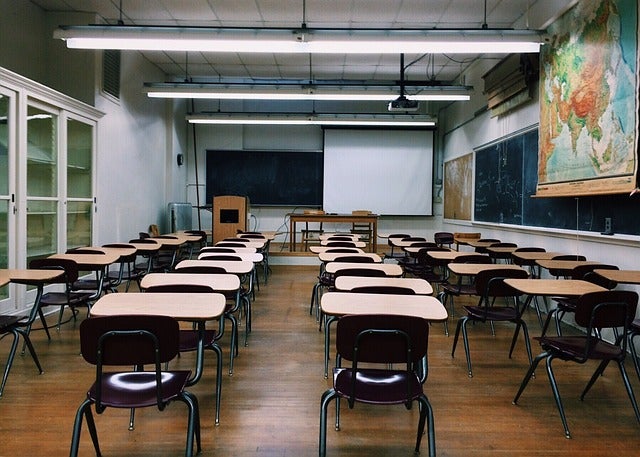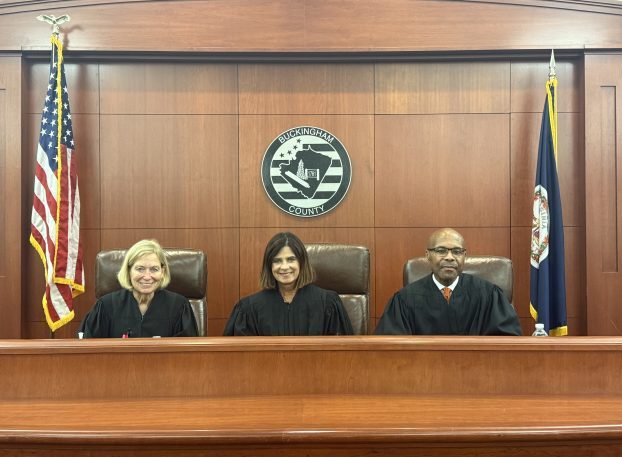School districts deal with Virginia’s new cell phone law
Published 12:05 am Wednesday, May 14, 2025
Back on April 2, the Virginia Assembly approved SB738 and HB1961, bills designed to crack down further on cell phone usage in schools. Both passed with unanimous votes in their final version, a rarity in Richmond.
The key part of both bills comes in Section B, where it says that “each school board shall develop and each public elementary and secondary school shall implement age-appropriate and developmentally appropriate policies” for both cell phone and smart device use. One line below that, the bill makes it clear what the Assembly and governor expect those policies to include. It states that “except as provided in subdivision 4, restrict cell phone and smart device possession and use on school property from bell to bell.”
And in case there’s any confusion, the bills also spell out what “bell to bell” is supposed to mean, stating that “bell to bell means after the first bell rings at the start of the school day to begin instructional time until the dismissal bill rings at the end of the school day. “Bell to bell” includes lunch and time in between class periods.” In other words, from the time the first bell rings to start school until it ends, cell phone and smart device usage is to be restricted.
This is something the governor and the Virginia Department of Education have been pushing for since last September, when the department issued a report on the subject. This came after several meetings with teachers and parents across the Commonwealth last summer, the closest one to us taking place in Keysville.
Going over the new law
DOE officials in the September report said they learned from the meetings that teachers want a ban to be able to focus on teaching and not just discipline. Parents want kids to have to put down the phones and develop critical communication skills. Everyone agreed that they want phones to be put away to avoid the drama caused from texts and sharing comments. But how do you enforce it without making more work for teachers?
The bill states that enforcement is to be “the responsibility of the school administration,” limiting “any conflict with the instructional responsibilities of teacher or any disturbance to instructional time.” Basically the bill and previous executive order were pretty clear in this regard. They want teachers to teach, not to be dealing with cell phones.
Districts don’t immediately need to make changes, as this law doesn’t take effect until July 1. For most school districts in our region, nothing really changes, because those policies mentioned in the bill are already in place.
Some change, some stay the same
Buckingham’s school board amended their cell phone policy back in November, tweaking it to match up with what the governor at the time was requesting. As it stands, in Buckingham, cell phones are to be shut off before 7:45 a.m. at the high school and the board removed the option of phones being used at lunch. Prior to that, all cell phone use was already banned for elementary and middle school students in Buckingham. If a parent requires a student to have one for emergencies, it has to be turned off and stored away during the school day.
In Cumberland schools, the rule has been no use of cell phones in the classroom. That goes for high school, middle and elementary school. From “bell to bell”, students have to keep the phone stored away, able to be used only for emergencies as needed.
Prince Edward’s school board has been discussing making changes to their own cell phone policy for a few months, unanimously adopting the changes during their Wednesday, May 7 meeting.
Under the current policy, students can use phones in the school cafeteria during lunch. But once you enter class, they have to be put away and silenced. That’s up to the student to follow the rule and the teacher to enforce it. This change will make things simpler.
“When students enter all classrooms for the instructional day, they are to place their cell phones in a designated storage container for the duration of that class period,” the amendment states. “After class concludes, students may retrieve their cell phones from the storage container.”
The May 7 vote doesn’t address the “bell to bell” requirement in the new Assembly law, but Prince Edward school board members said they would address that in the months to come.
What does the data say?
And this is a situation where there is data, beyond just testimony Monday, to back up the concept of cell phone free schools. A 2023 study by the Fordham Institute seems to back up that argument, stating that increased phone use in classes contributed to the decline seen in test scores even before the pandemic.
“We see smartphone ownership really taking off among adolescents in middle and high school around 2013,” the Fordham report states. “That’s also when median achievement on the eighth-grade math test in the National Assessment on Educational Progress (NAEP) peaked. It’s fallen modestly ever since.”
Research by the nonpartisan U.S. think tank The Conversation echoes the idea. They compared schools that had cell phones removed with others that allow cell use.
“We found banning mobile phones at school leads to an increase in student performance,” the 2022 report states. “Our results suggest that after schools banned mobile phones, test scores of students aged 16 increased by 6.4% of a standard deviation. This is equivalent to adding five days to the school year or an additional hour a week.”
One of the biggest research projects on the subject was done in Norway, by the Norwegian Institute of Public Health. More than 100 middle schools were included in the study released earlier this year, with a portion given free reign with cell phones and the rest dealing with a full ban.
The schools with a ban on cell phones saw both an increase in average GPA and reduced bullying. There were also significantly fewer doctor visits detailing mental illness for those schools and administrators reported better attendance. As for the ones where cell phone use was allowed? There were no such changes.






